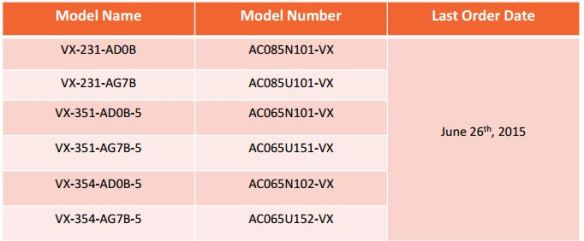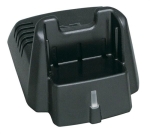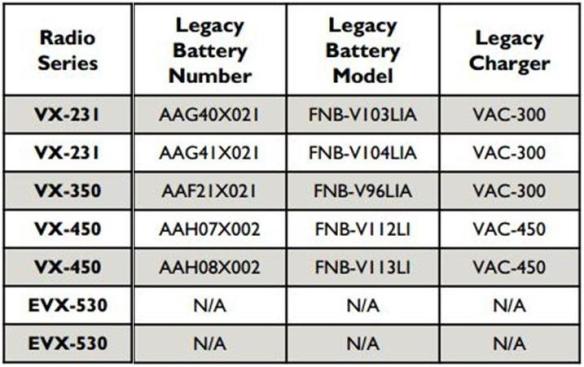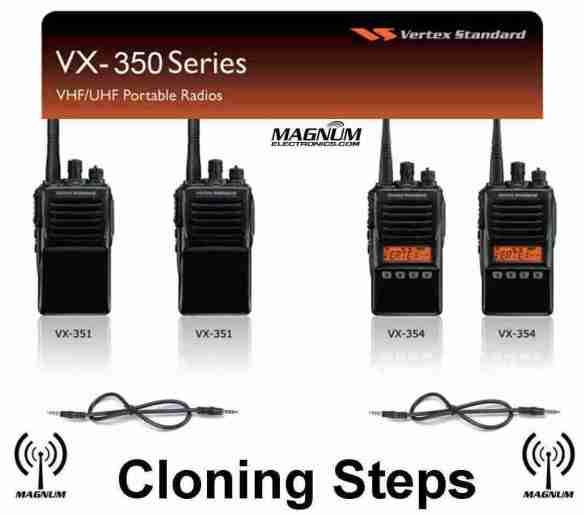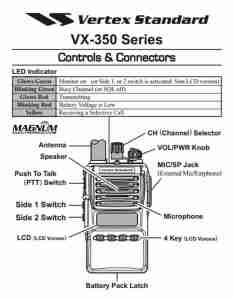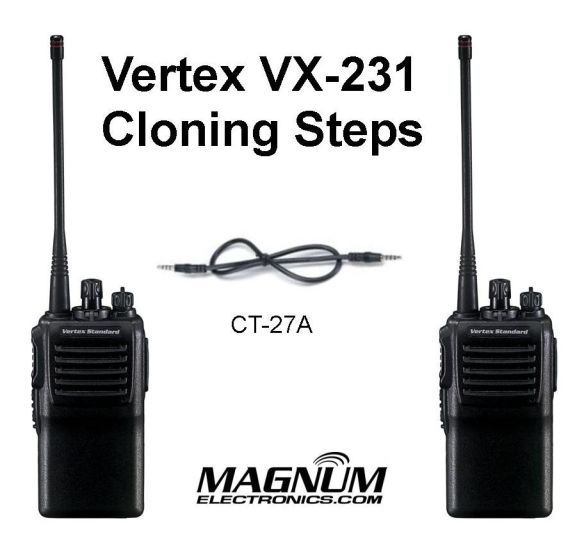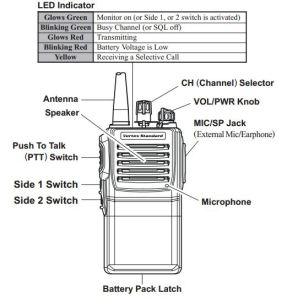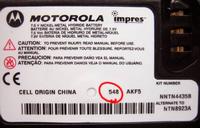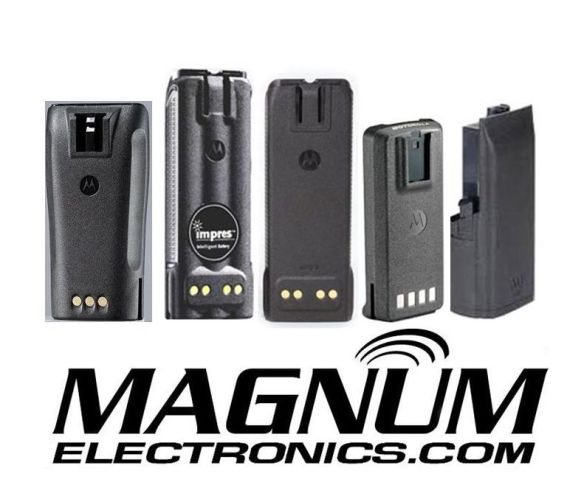There are Better Choices for License-Free On-site Radio Communications
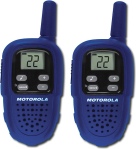 Hotel and retail business owners and general managers often purchase analog Part 95 FRS (Family Radio Service) radios for on-site communications. You can find them almost anywhere at very low prices and there is no FCC license required.
Hotel and retail business owners and general managers often purchase analog Part 95 FRS (Family Radio Service) radios for on-site communications. You can find them almost anywhere at very low prices and there is no FCC license required.
After a few months, the batteries do not last an entire shift, dead spots increase, and interference from children can become unbearable when directing your employees. Some FRS radios also have higher power GMRS (General Mobile Radio Service) frequencies for better range but require a costly FCC license in an individual’s name – not the business.
Part 95 MURS Band is a Better Choice for License Free Communications
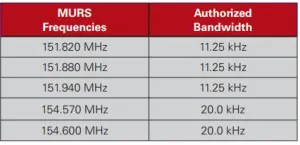
MURS (Multi-Use Radio Service) band consists of five frequencies designated for private, 2-way, voice and data communications for individual and business use. Power output limitation is two watts and 4 times greater than FRS. Although there is no protection from possible interference from other users, the MURS band is a much better alternative when choosing license-free channels. Repeaters and signal boosters are not allowed and operation in aircraft is prohibited.
Motorola CP110m is Designed for MURS Operation
The Motorola CP110m is available with 2 or all 5 MURS analog channels. It provides better battery life and is rated IP54/55 for water and dust resistance. It uses the same batteries and accessories as the Motorola RDX series.
It provides better battery life and is rated IP54/55 for water and dust resistance. It uses the same batteries and accessories as the Motorola RDX series.
The CP110m will provide coverage in a 10 story hotel up to 200,000 square feet. You can purchase an optional 2 or 3 year warranty. Expect the radio to be in service for a long time. Scan, VOX (voice operated transmit) hands-free operation, and voice scramble provide a lot of value for the low price.
CP110m programming software is free from Motorola and cloning is easy using the included chargers. All you need is the USB programming cable (RKN4155) and a cloning cable (RLN6303) if you want the ability to make any changes to your privacy codes or frequencies.
Many other Motorola and Vertex Standard analog portable radio models can be programmed to use MURS channels using the low power setting. This helps with interoperability when working with other companies and provides more flexibility for your future requirements.
Part 15 900 MHz ISM Band is License Free for DTR Digital Radios
900 MHz ISM band provides better building penetration for up to 20 floors.The DTR650 digital radio can also provide one-to-one private communications when needed. It is only compatible with other DTR radios.
Text messaging for discreet messaging, unit ID, long battery life, and call alert are just some of the digital features included. Free programming software is also available for this model.
Priced significantly less than $300 it is the best choice for on-site communications using license-free spectrum.
FCC License Free vs. Licensed 2-way Radio Spectrum
Obtaining a FCC license is still the best alternative for your business because you will have less interference, more range, and many more radio choices. We have many customers using MURS and ISM band that have are very satisfied with their radios for many years. Feel free to contact us to determine if license free communications will work for your business.


 The MMSU-1 Magnetic Mic Holder from Innovative Products in Knoxville, TN comes individually boxed. Everything you need is in the box including stainless steel screws, stainless lock nuts, grounding screw, instructions, and hex wrench.
The MMSU-1 Magnetic Mic Holder from Innovative Products in Knoxville, TN comes individually boxed. Everything you need is in the box including stainless steel screws, stainless lock nuts, grounding screw, instructions, and hex wrench.

